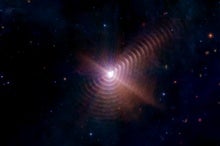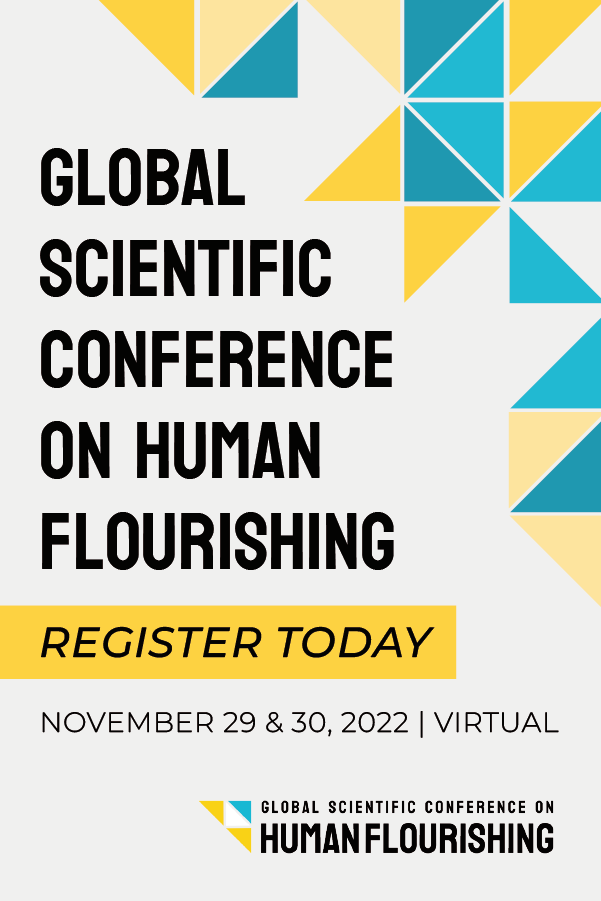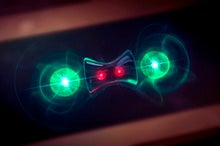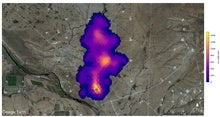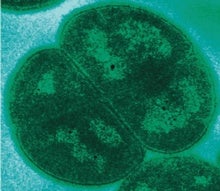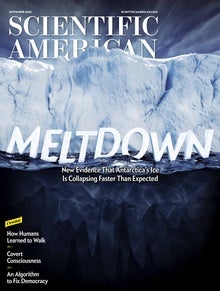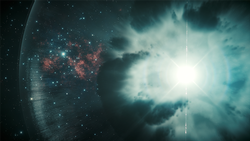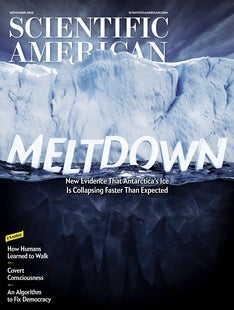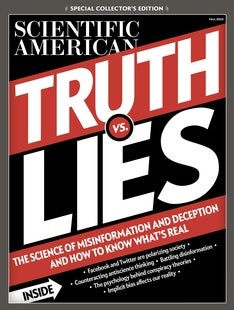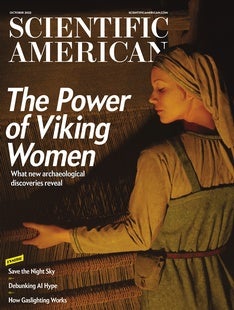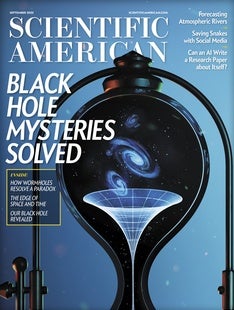 |
| October 27, 2022 |
Dear Reader,
This week, we're spooked. Not just because it's almost Halloween, but also because of a recent celestial event. Earlier this month, the brightest and closest gamma-ray burst (GRB) ever seen washed over Earth, as our lead story details. Although its source—likely a dying massive star giving birth to a black hole—was some two billion light-years away, the GRB was still powerful enough to briefly agitate our planet's upper atmosphere, stripping sufficient numbers of electrons from atoms in the rarefied air to interfere with radio waves passing through. This may seem a mere curiosity—until you realize the bone-chilling implications of a GRB occurring much closer to us in the universe. As wonderful as it was to witness such a bright and beautiful GRB, we should all be glad these cataclysmic explosions are keeping their distance from our quiet corner of the cosmos. Elsewhere this week, we have stories on the "spooky" physics behind this year's physics Nobel Prize (and a bizarre technique called "quantum pseudotelepathy"), haunting images of spiraling dust around a star, monstrous microbes that could survive frightful conditions on Mars for hundreds of millions of years, and more. Enjoy—and happy (early) Halloween! Try not to eat too much candy. |
| |
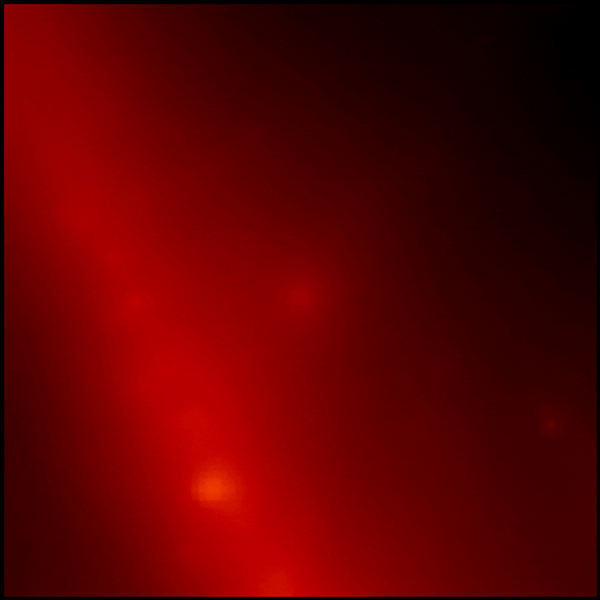 |
| |
| |
| |
| |
| |
| |
| |
| |
FROM THE STORE
 | | | |
| |
FROM THE ARCHIVE
 | | | |
LATEST ISSUES
 |
| |
| Questions? Comments?  | |
| Download the Scientific American App |
| |
| |





